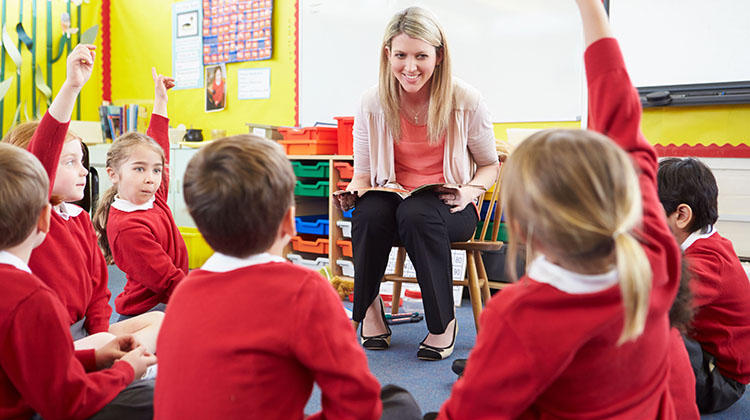Tips for how teachers can talk to children about COVID-19

Tip 1: Go back to basics: find out what your students know about Covid-19
Once you understand their level of knowledge, you can correct or add to it. Honesty is always the best approach. We don’t know everything about Covid-19, but we do know that it is killed by simple hygiene. Prior to 2020, although many people knew they should wash their hands regularly, small psychological surveys revealed that this did not happen. Now is the time to take hygiene routines seriously.
Stick with the facts, and don’t be afraid to find out together, for example, by looking up an Australian government website. Focus on understanding the science behind the virus, and discuss the facts affecting the risk and cost of catching Coronavirus in Australia.
Tip 2: Recognise the range of emotions that your students are experiencing
Every family is different, and every student will have experienced a range of worries and emotions recently. Some families may have more vulnerable members, some families may have seen a drop in income. Lots of children have encountered disappointments and for some, these become more real with school return.
Many students found it difficult to maintain concentration during online lessons and will have ongoing worries about their capacity to work towards deadlines. When pressed by a teacher, students may not wish to articulate their worries or emotions. That is one of the reasons to create time within the class to talk about the range of emotions that were experienced from both Covi and school return. Providing students with the space and language to acknowledge and express these feelings is essential. If you feel nervous about how to do this, we have provided age appropriate lessons to conduct these lessons within the Chilled and Considerate Student Bootcamps.
Tip 3: Instead of being afraid of 'worry', let’s learn about it and tackle it as a school
As you try to support students, now is the time to ensure that you have completed your own teacher wellbeing initiatives around 'worry' Take the time to understand the psychology behind worry. Worry is essentially the person catastrophising. It is normal to worry when humans face important challenges.
We can retrain ourselves to respond to worry by recognising the thoughts they lead to, and the resulting behaviours. In the Chilled and Considerate teacher online ‘worry’ course, we use the image of a small uncertainty bomb which multiplies and which we can either defuse or detonate. Using metaphors such as these, provides a clear way of spelling out the worry process and gives the class the ability to label catastrophising. This means 1) we can stop the contagious worry that fuels anxiety when new information arrives and 2) teachers cease providing reassurance and instead support the class to manage uncertainty - a core aspect of resilience. When students learn about these concepts in class, they enjoy recognising 'Uncertainty Bombs'. As the Year 5 students at Kambala commented: “I now feel okay to be scared because I know that everyone is in the same boat”; “It helped me not worry about the future”; “I have learnt to focus on what’s happening right now, to reduce anxiety.” “The sessions comforted me so I don’t need to worry about my parents getting sick.”
Dr Danielle Einstein is a Clinical Psychologist and leading expert in Managing Uncertainty. For information about our programs to support schools, teachers and parents in helping children to manage uncertainty, visit www.covid19chilledandconsiderate.com